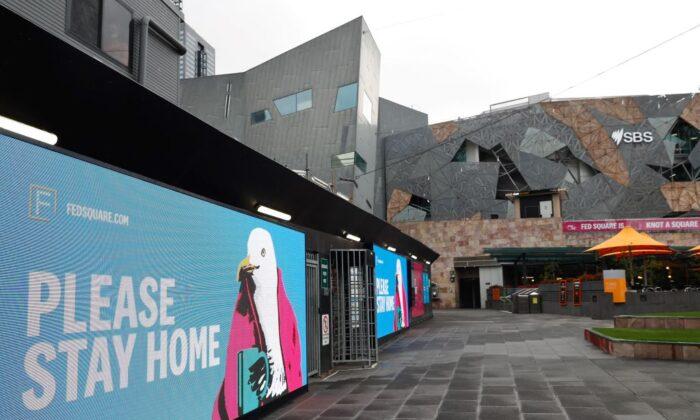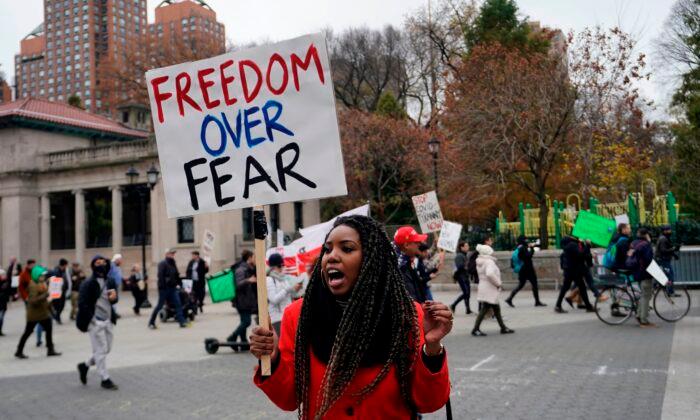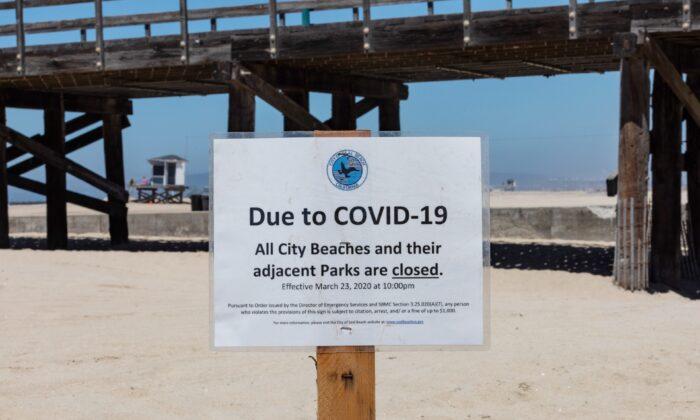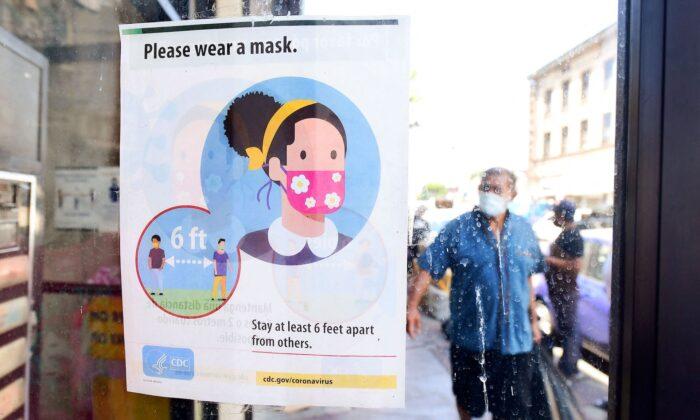The end goal of manageable endemic levels of disease was originally openly embraced. Our “two weeks to slow the spread” game plan was focused on preventing the hospital system from being overwhelmed while also acknowledging that the disease would indeed circulate. We initially set out clearly defined goalposts and pragmatically plotted a course forward.
Then we started moving the goalposts further and further away. As lockdowns dragged on, long-term goals became ill-defined. All of a sudden, the dialogue turned from keeping COVID-19 levels manageable to eradicating it entirely. The new endgame was zero cases. In other words, the goalposts were not just moved—they were entirely dismantled.
If our objective is wiping COVID-19 off the face of the Earth, we’ll have to hunker down for the rest of time. Gandhi says, “I’m sorry to say this because a lot of people don’t think this, but we’re not going to eradicate COVID.”
High transmissibility, low vaccination rates, breakthrough cases, booster shots reserved for select portions of the population, and the movement of people across regions and borders all mean one thing: COVID-19 can’t and won’t be contained.
And yet many of our leaders have refused to accept the endemic future of our present pandemic. Reopening dates have been pushed back further and further: Spring 2020 ... Fall 2021 ... until we hit a certain vaccination rate ... as soon as we’re all vaccinated—the end is always just in sight, and then it changes yet again.
Any pragmatic policymaker should realize there will be no “back to the way it was before.” Just as countless other viruses regularly and seasonally circulate, COVID-19 will join the ranks of endemic diseases. It’s unfortunate, but it’s our reality—our “new normal.” We must accept that there will be no stuffing this disease back into Pandora’s box.
But that doesn’t mean we must throw up our hands in defeat. We can still take reasonable precautions in our daily lives and assume personal responsibility. We can and must continue to protect the vulnerable. Fortunately, the recently approved booster shots appear to be a great way to insulate the at-risk from inordinate danger.
Life will go on.





